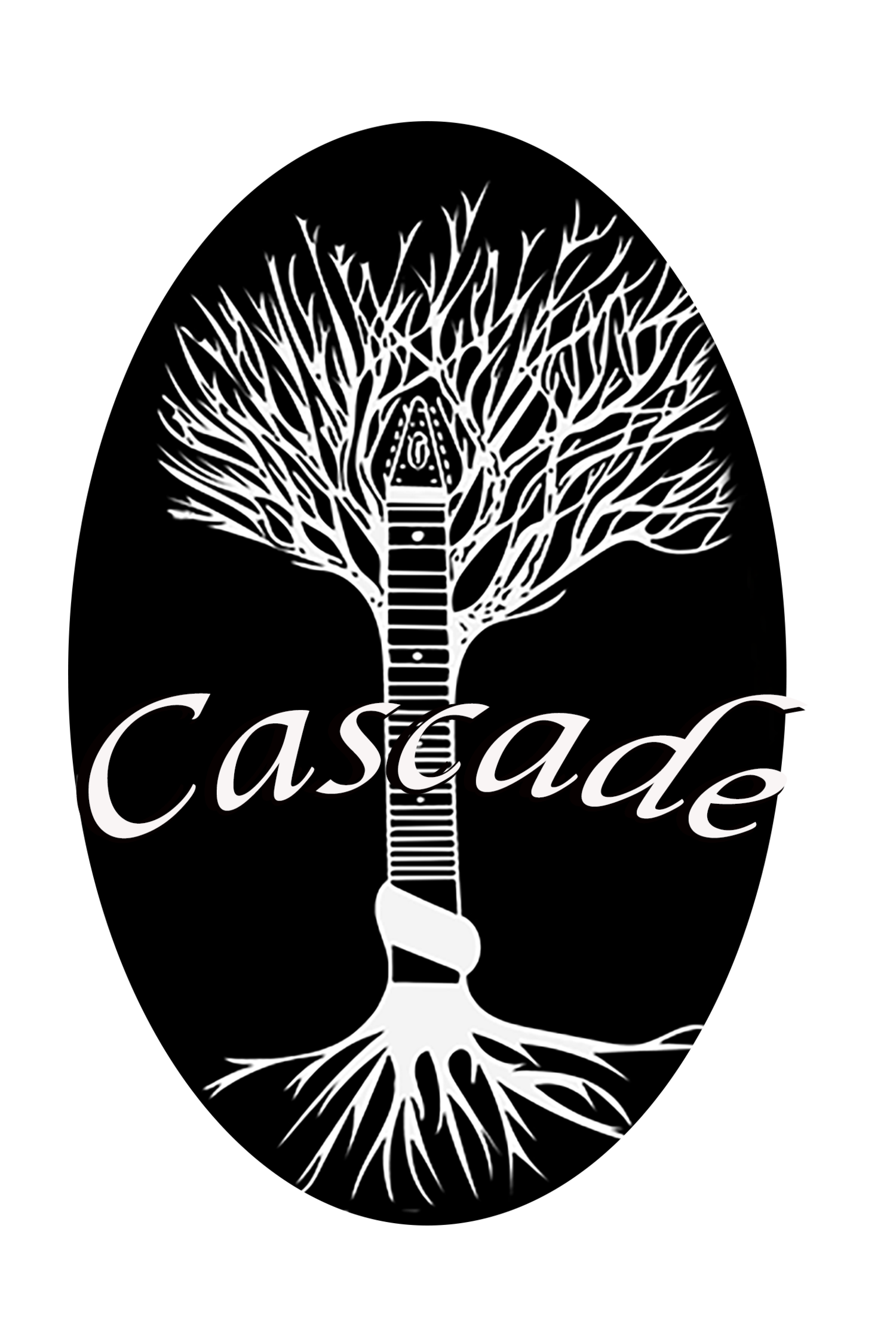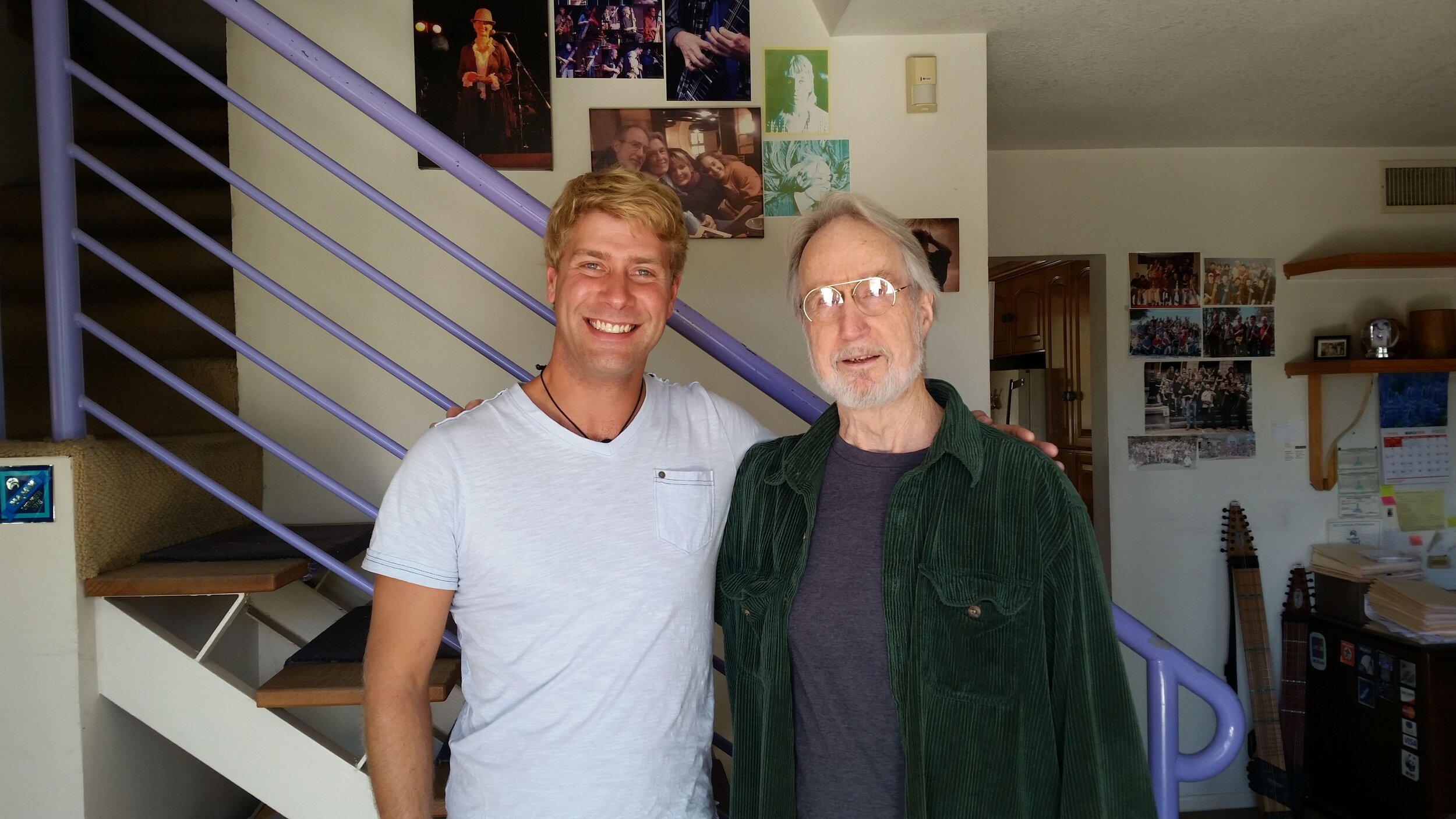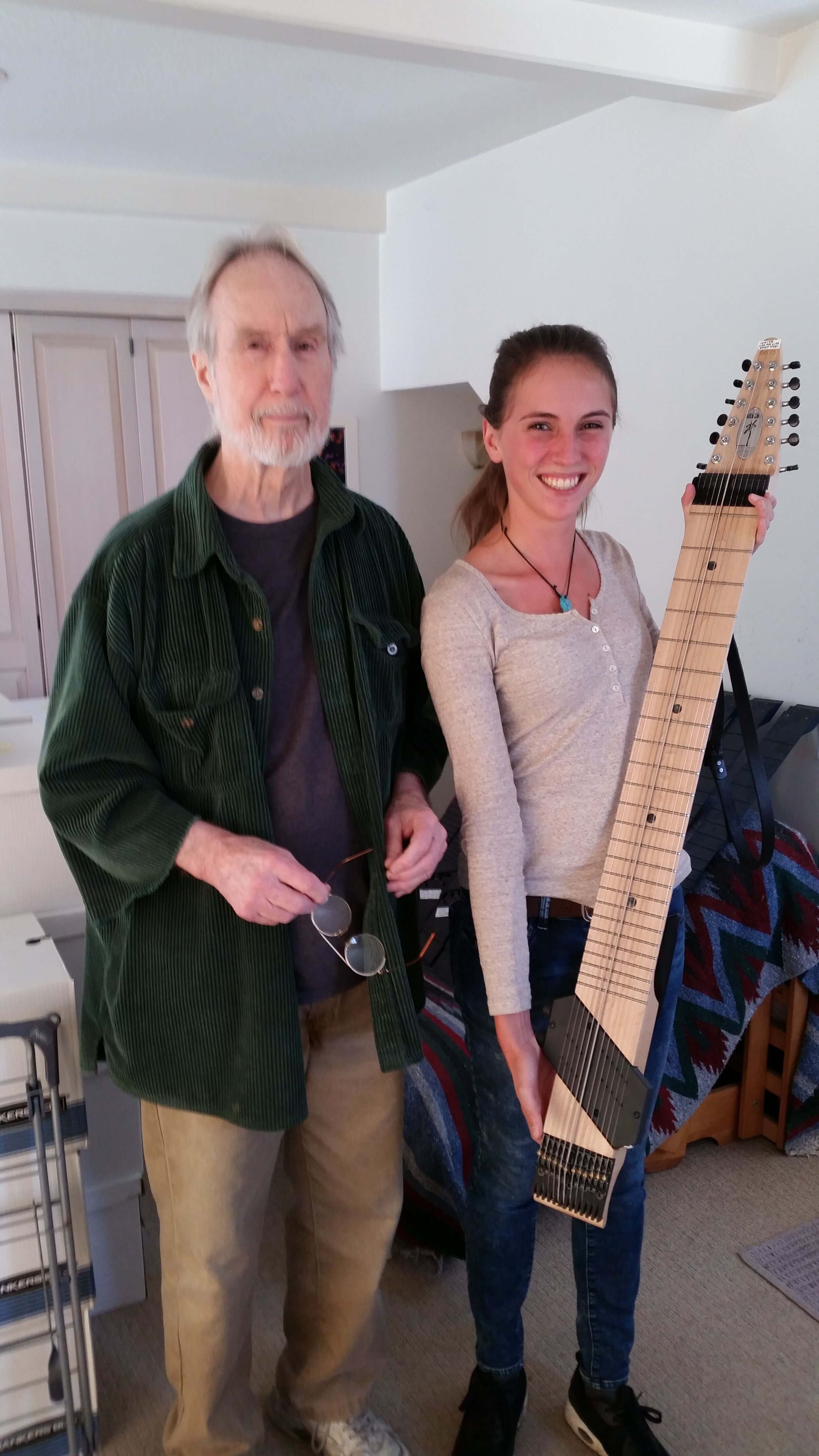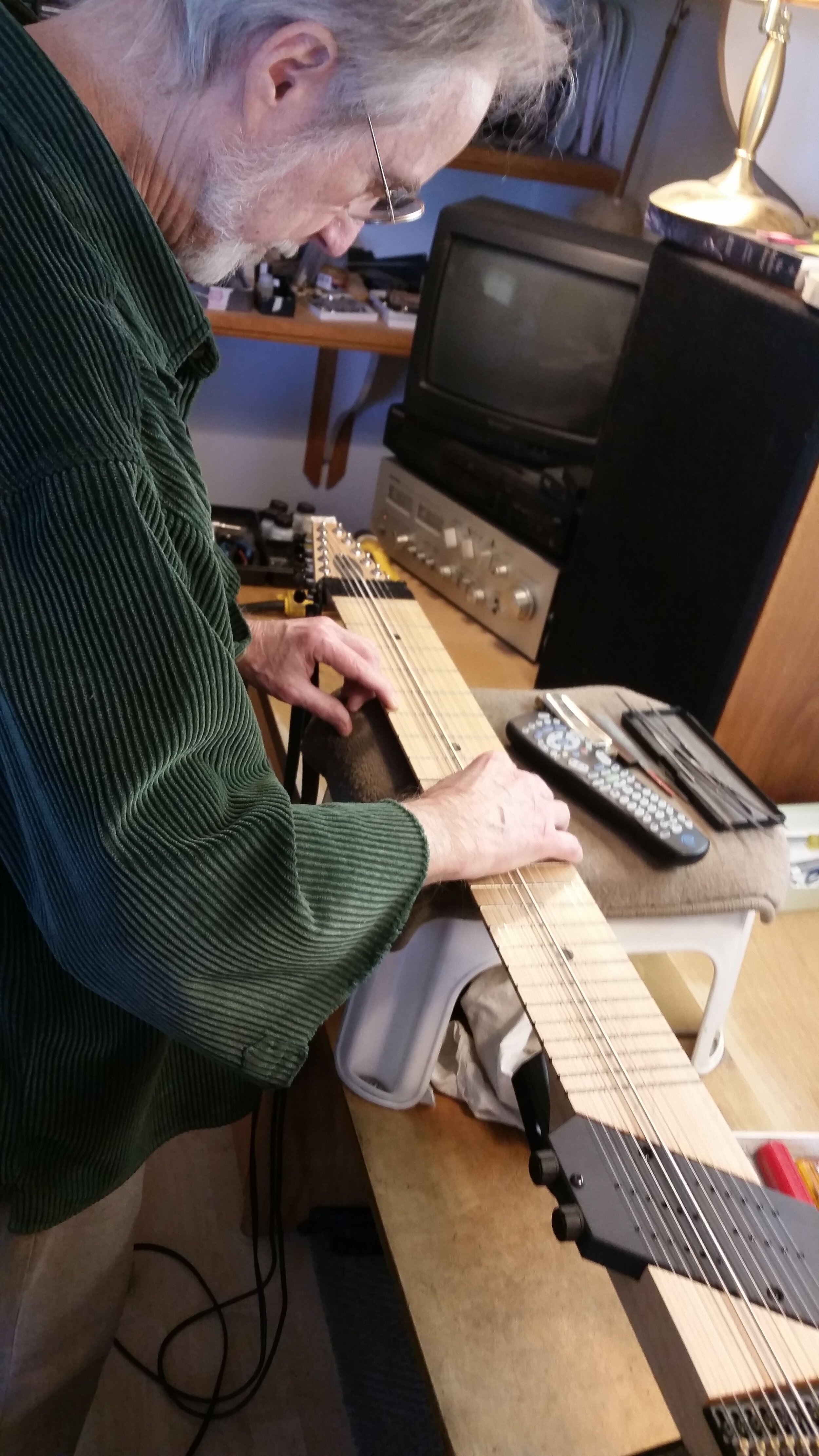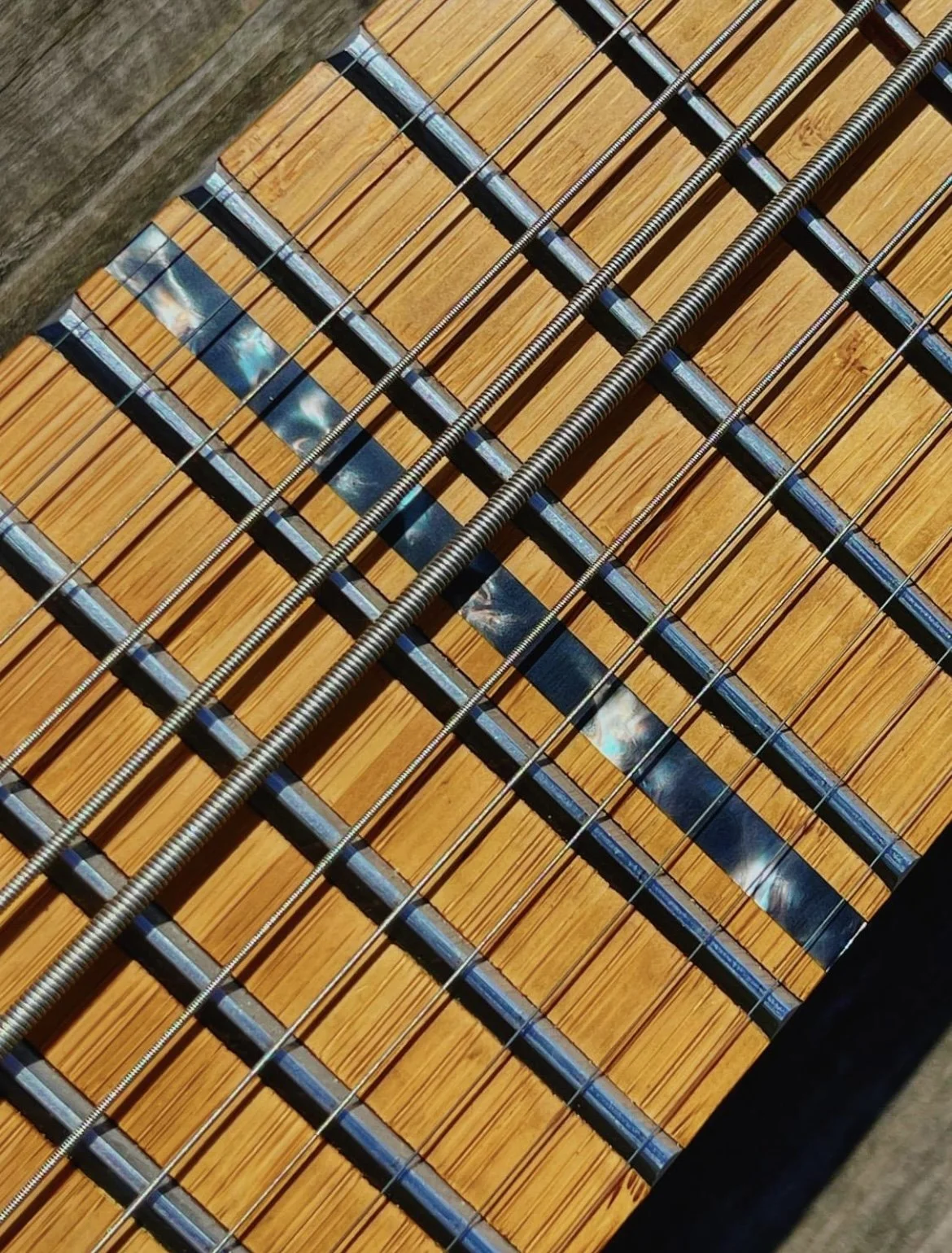🎼 What Is the Chapman Stick?
The Chapman Stick is a unique and innovative musical instrument designed for a technique called two-handed tapping. Unlike a guitar or bass, where you pluck or strum the strings, the Stick is played by tapping the strings directly onto the frets with both hands — more like a piano than a traditional stringed instrument.
This allows musicians to play bass lines, melodies, chords, and textures simultaneously, often sounding like multiple instruments at once.
🎸 Who Invented the Chapman Stick?
The instrument was invented in the early 1970s by Emmett Chapman, an American jazz guitarist and inventor. In 1969, he developed a new playing method that involved both hands tapping on the fretboard in a parallel (rather than mirrored) position — something that wasn’t common in guitar playing.
Realizing that traditional guitars weren’t designed for this technique, Emmett set out to create a brand-new instrument that would support this expressive, polyphonic style. By 1974, the first commercial Chapman Sticks were being produced.
🛠️ How Is the Chapman Stick Built?
A typical Chapman Stick:
• Has 8, 10, or 12 strings, depending on the model.
• Uses a long, wide fretboard — usually without a traditional body or soundbox.
• Features a divided tuning: half the strings are tuned for bass, and the other half for melody.
• Is often played upright, with a belt hook and shoulder strap or mounted on a stand.
The Stick is usually electric and plugged into an amplifier or sound system, and many players use effects pedals to shape the tone — from ambient textures to percussive rhythms.
🎶 What Makes It Special?
The Chapman Stick allows for:
• Full arrangements by a single player — bass, chords, and melody all at once.
• A range of musical styles, from jazz, classical, Celtic, and rock to ambient and experimental music.
• A unique, almost harp- or piano-like sound when played cleanly, or powerful rock tones when amplified.
It’s both a soloist’s dream and an accompanist’s secret weapon.
🧭 Why Haven’t You Heard of It Before?
Because the Chapman Stick is so different — and so technically expressive — it’s remained a bit of a “hidden gem” in the music world. It doesn’t fit neatly into traditional instrument categories, and it takes time to master.
But for those who discover it, the Stick becomes a deep, endlessly rewarding tool for musical storytelling.
Emmett Chapman- inventor of the Chapman Stick
❓ Frequently Asked Questions (FAQ)
Q: Is it hard to play the Chapman Stick?
A: It has a learning curve, especially since it’s quite different from guitar or piano. But many players find the tapping technique intuitive once they get used to it — especially pianists, bassists, or anyone comfortable with two-hand coordination.
Q: How is it different from a guitar or bass?
A: The Stick is played by tapping with both hands instead of strumming or plucking. It also combines both bass and melody ranges, letting one person play what would normally take two instruments — more like a piano or harp in structure.
Q: Do you need an amp or effects to play it?
A: Yes, the Chapman Stick is an electric instrument, so it needs to be plugged in to be heard properly. Many players use effects like reverb, delay, and chorus to shape the sound, though it also sounds beautiful clean.
Q: Can you play chords and melody at the same time?
A: Yes! That’s actually one of the Stick’s strongest features. You can play bass with one hand and chords or melodies with the other — creating layered arrangements in real time.
Q: Is the Chapman Stick still being made?
A: Yes — Emmett Chapman’s company, Stick Enterprises, still builds Chapman Sticks by hand in California. They offer different models, tunings, and materials, and support a global community of players.
🎧 Want to Hear It in Action?
We perform with two Chapman Sticks, and all of our music is built around its unique sound. You can now visit our new Listening Room to hear one free track from each album — plus the story behind each piece.
